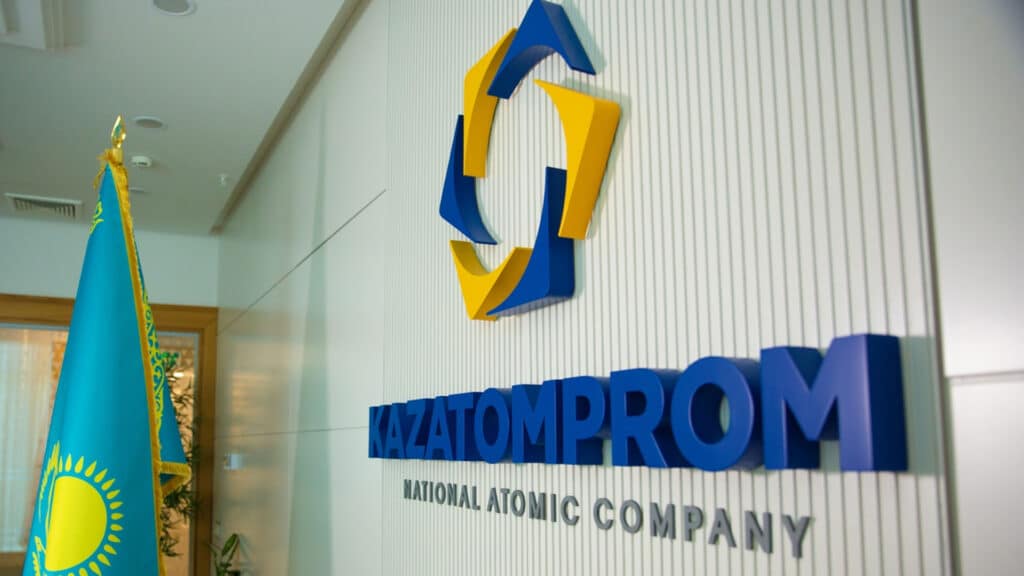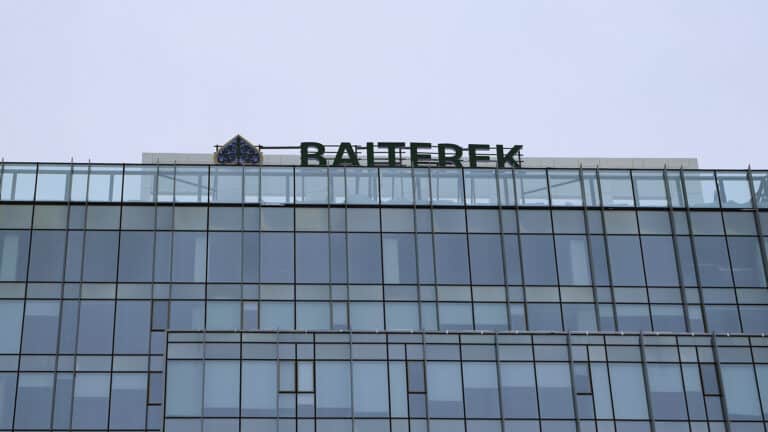
Kazatomprom, the world’s largest uranium mining company and a subsidiary of Samruk-Kazyna, has secured the 31st spot in PwC’s Top 40 global mining companies ranking.
Leading the ranking is Australia’s BHP Group Ltd., known for its diversified production. Taking second place is the Australian-British Rio Tinto Group, which has wide-ranging operations across various sectors, including geological exploration in Kazakhstan.
China Shenhua Energy Company, a major coal producer, took the third spot, while Switzerland’s Glencore plc, which owns Kazakhstan’s largest gold miner Kazzinc, ranked fourth.
The total revenue of the Top 40 companies reached $845 billion in 2023, reflecting a 7% drop year-on-year (YoY). For 2024, this figure is expected to decrease to $792 billion, down by 6% YoY. Net profit for these companies in 2023 amounted to $90 billion, a 44% decline from $159 billion in 2022. The projected net profit for 2024 is $55 billion, a further 36% drop YoY.
«Powerful trends are underpinning the demand that miners will need to supply if they are to remain profitable and competitive in a world where the pace of change is accelerating. One vein that the Top 40 mining companies…need to tap is urban mining or recycling. This approach often produces commodities with a significantly reduced environmental footprint,» PwC analysts noted.
The development of emerging technologies, such as artificial intelligence (AI), is expected to help mining companies maintain and even boost productivity throughout their operational life cycles. For instance, AI advancements are crucial in improving safety and health standards in the mining industry.
«And without mining, there would be neither AI nor the game-changing impact the technology will have on other industries and society more widely. The semiconductor chips that AI applications require contain metals such as copper, zinc and gold,» stressed the PwC’s report.
PwC also highlighted the growing share of completed mining deals involving the Top 40 companies that were focused on critical minerals, which rose from 22% in 2019 to 40% in 2023. Copper and lithium accounted for over 70% of this deal volume, up marginally from 2022.
Investors are increasingly evaluating companies’ sustainability during mergers and acquisitions, focusing not only on current financial performance but also on long-term potential.
«Recognizing this, mining companies are increasingly forming alliances beyond traditional boundaries as they seek the technical skills they lack and collaborate with governments to create enabling environments. While attempting to navigate this changing and challenging field, the Top 40’s financial performance in 2023 was squeezed by falling commodity prices and rising costs. Revenues fell more than 7%, even as production of key commodities rose,» the report said.
Analysts suggest that mining companies still have untapped potential, especially if they can fully integrate current productivity-enhancing tools and capitalize on the expected rise in commodity prices.
PwC notes that despite these opportunities, the mining sector faces significant headwinds, with 2024 likely to see continued revenue declines. This would mark the first back-to-back revenue drop since 2016. These cyclical and structural challenges are pushing leading mining companies to invest in growth and transformation, even as they grapple with pressures on margins and revenue.
«In recent years, the industry has faced pressure to invest in sufficient mining capacity and production to meet the current and expected demand growth for metals supporting the energy transition. But markets aren’t always completely efficient. In 2023, the prices of lithium, copper, nickel and cobalt fell sharply, as portions of the supply response came on stream while demand growth was temporarily stunted,» said the report.
At the same time, uranium prices surged due to renewed growth in the nuclear industry following almost a decade of underinvestment in supply. The spot price of uranium climbed sharply, rising from below $50 per pound in 2022 to over $100 per pound in early 2024. This increase reflects the industry’s efforts to meet the growing global demand for nuclear energy.
While commodity prices are still higher than pre-pandemic levels, inflation-adjusted figures show that only coal and gold prices have remained significantly above 2019 values. The decline in prices for commodities like coal, lithium, copper and platinum group metals led to six companies exiting PwC’s Top 40 list. In contrast, the rising prices of gold and uranium allowed six new companies to make their debut in the ranking.













